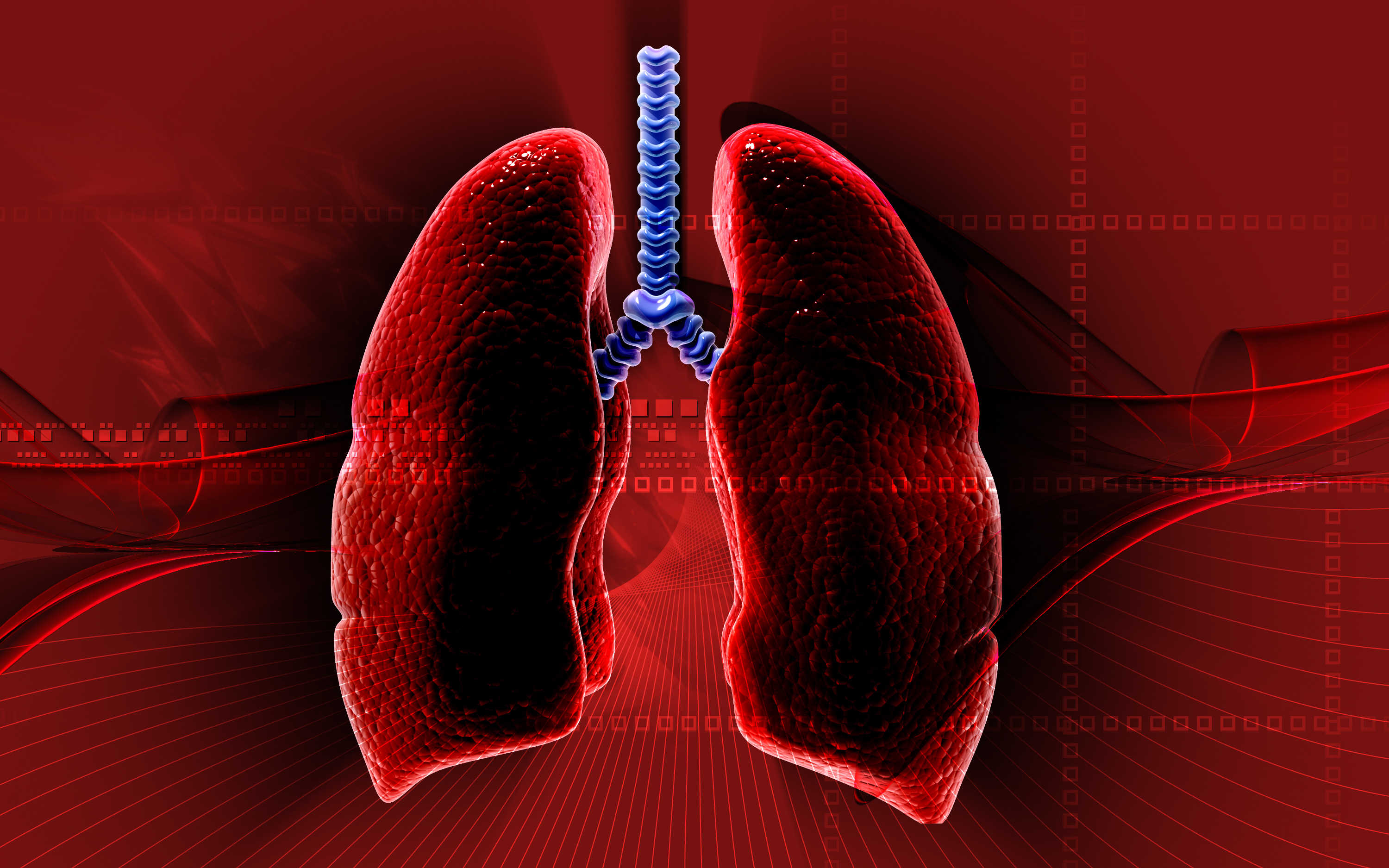Day 90 outcomes of COVID-19 patients in European ICUs: an article review

Clinical Characteristics and Day 90 outcomes of 4244 critically ill adults with COVID-19: a prospective cohort study
This communication delineates outcomes in COVID-19 patients in the context of ARDS severity, ventilatory management, and variables associated with mortality on a 90-day follow-up for subgroups of patients after ICU admission. It was a multicentric cohort study carried out in European ICUs (France, Belgium and Switzerland) with a focus on demographics, clinical and respiratory support with adjuncts, length of stay and survival.
4643 patients were recruited, and day-90 status was available for 4244. 63% (n=2635) got intubated in the first 24 hours, and overall, about 80% (n=3376) required mechanical ventilation during ICU stay. PEEP and Pplat were 12 and 24, respectively. Mechanical power to lung was 26.5 J/min. Pulmonary embolism and VAP were diagnosed in 9% (n=207) and 58% (n=1209) of these patients. Mortality was documented as 31% on a 90-day follow up. Higher mortality was documented in elderly, obese, diabetics, immunocompromised patients and those with organ dysfunction at baseline
Although the purpose of the study was not to investigate the causes of the different risk of ICU-BSI among COVID-19 patients, considering the results obtained from the explanatory analysis, the authors advanced the hypothesis that immunomodulatory therapies and some pathogenetic mechanisms of SARS-CoV2 (i.e., acquired immunosuppression coagulopathy that may affect the micro- and macrocirculation with increased bacterial translocation, and endothelial dysfunction of the digestive tract) may play a role in increasing the risk of ICU-BSI.
STUDY STRENGTHS & LIMITATIONS
Strengths:
It is one of the most extensive prospective COVID-19 case series in terms of ICU patients with a specific focus on ventilatory strategies in ARDS. This paper attempts to utilise mechanical power for ventilatory management in ARDS; a comparison in terms of length of stay and other baseline characteristics is made with the LUNG SAFE study to compare with non-COVID-19 ARDS. The reported mortality rates are comparable to Cummings et al. and Graselli et al. (1,2).
This paper also documented a higher incidence of ARDS and thromboembolic complications vis-à-vis earlier communications by Jianfeng (3), Graselli and Cummings (1,2). Earlier communications have not really looked at 90-day mortality, and the study patients have remained hospitalised until the end of the study. There is a differing outcome in the context of D-dimer values documented earlier (1), and obesity is documented as an adverse variable.
Limitations:
Using the Berlin definition comes with its own problems of validation in ARDS patients. When compared to similar papers, Jianfeng et al. had a higher proportion on High Flow Nasal Cannula (HFNC) and Non-Invasive Ventilation (NIV). At the same time, Graselli et al. fared similarly except that most patients on NIV remained outside ICU, so they were not factored in when doing the analysis.
The conclusions conform to earlier literature by Graselli and Cummings in documenting higher mortality with old age and cardiopulmonary morbidities. Still, the paper did not include lymphocyte count comparisons as by Jianfeng et al. Lack of standardisation for testing purposes, and missing data remains a confounder for accurate analysis. Subtyping of lung injury phenotypes was not attempted.
TAKE HOME MESSAGE
Overall, 90-day mortality is comparable with New York data (Cummings et al.) and higher than the Italian data sets (Graselli et al.). However, a long-term follow-up across all regions with well-designed studies is required to better understand variables contributing to outcomes in COVID-related ARDS and devising strategies (both ventilatory and non-ventilatory) to gain a better insight on the same.
This article review was prepared and submitted by Dr Nikhilesh Jain from CHL hospitals Indore (Madhya Pradesh) India on behalf of the ESICM Journal Review Club.
REFERENCE
1. Cummings M.J. et al. ~ Epidemiology, clinical course, and outcomes of critically ill adults with COVID-19 in New York City: a prospective cohort study. Lancet 2020;395:1763-70.
2. Grasselli G. et al. ~ Baseline characteristics and outcomes of 1591 patients infected with SARS-CoV-2 admitted to ICUs of the Lombardy Region, Italy. JAMA 2020;323(16):1574-1581.
3. Xie J. et al. ~ Clinical characteristics and outcomes of critically ill patients with novel coronavirus infectious disease (COVID-19) in China: a retrospective multicenter study. Intensive Care Med 2020;46:1863-72.